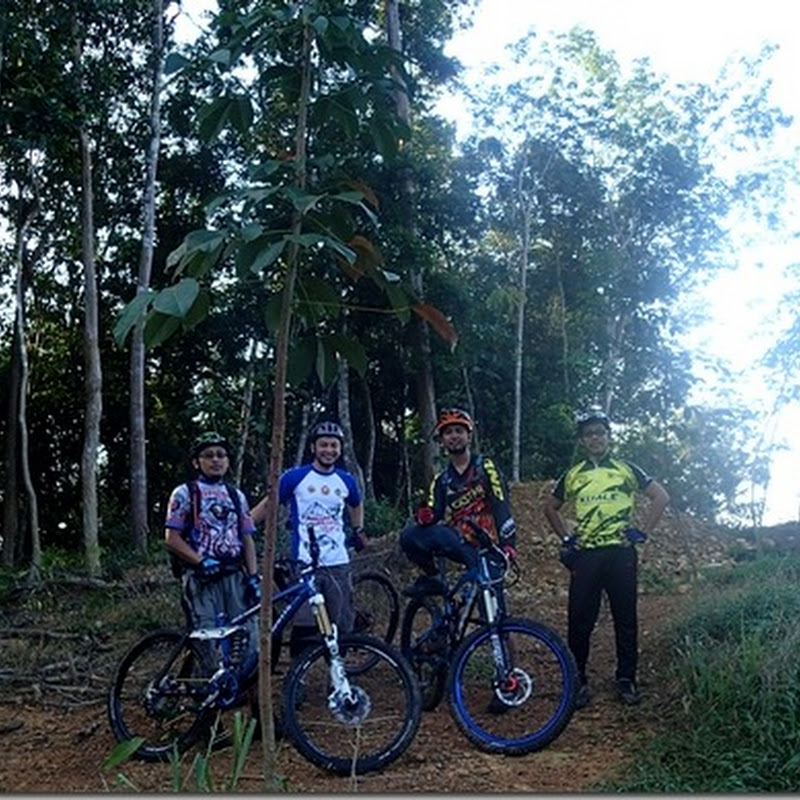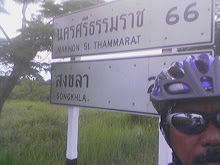There’s is more to pedaling than just turning them. This seemingly simple action has far more subtlety to it that you would expect if you’re just beginning. To be clear here we are talking clipped in pedaling with cycling shoes and a cleat system – if you want to get the most out of those legs this is the only way to do it.
Put simply the most efficient pedal stroke is one that applies a constant pressure right around the pedal stoke in the direction of the stroke – a smooth consistent spin around the crank or ‘pedaling the full circle’ – what is called the ‘souplaise’ in France. While this my sound straight forward the bio-mechanical action is in fact very complicated taking in multiple muscle groups and joints all needing to co-ordinate in an efficient way. It is only after extensive experience and awareness that an really efficient pedal stroke can be developed.
First you’ll want to just bring your attention to your pedaling and exactly what your legs are up. If you haven’t spent some tiome on this or are new to cleated riding your legs will be doing whatever default, habitual action seems to work – you can no doubt improve it. The full pedal stroke is usually divided into four parts for the purposes of talking about the stroke -
- The down stroke – Your foot pushes the pedal down in the front part of the stroke. Typically it is here where most of the power comes from – your large gluteal and thigh muscles are fully engaged and you have the legs weight and gravity on your side.
- The under stroke? – The underside of the stroke – your foot finishes the down stroke and pushes backward.
- The upstroke – The foot lifts up at the back of the stroke.
- The overstroke? – The foot travels over the top part of the pedal action to reengage with the downstroke.
While we divide the pedaling action into these four parts to more a easily talk about them the action we’re trying to achieve is a seamless integration of these – a circle not a square.
There are various pedaling techniques which are said to improve pedaling efficiency. For many of these the jury is still out about their effectiveness when matched against metabolic cost – yes it does get geekier.
Ankling is a pedaling method that seeks to better engage the calf muscles in the stroke ( see video). The foot is angled slightly upward to the front of the bike in the down stroke and then slightly downward in the up stroke as the foot is pulled up to the top of the stroke. It has been shown that this very deliberate pulling up stroke increases the power through this section of the action however their is also much evidence to show that the metabolic cost of this does not justify it. The action of pulling up the foot engages the muscles on the underside of your thigh which are not nearly as strong as your gluteals ( the largest muscle in your body)- these tire easily with this kind of demand put on them and use vital resources that may be better spent getting you over the next kilometres. That said obviously if you’re sprinting to the finish then it is time to use everything you have – practicing ankling will give you the ability to do this when it will count and will also give you a greater awareness of the movement your leg and foot in enagaged in.
If you want to explore this movement further and develop a smooth souplaise you can try unclipping one foot and pedaling – this will force the engaged foot to apply pressure right around the circle and give you a greater awareness of how that feels, which muscles are enagaged when and where to bring your attention to turn your stroke into a habitually efficient movement.
http://www.cycling-secrets.com
















No comments:
Post a Comment